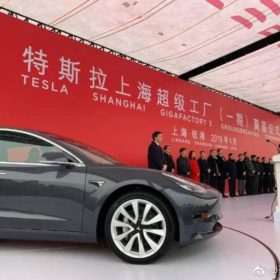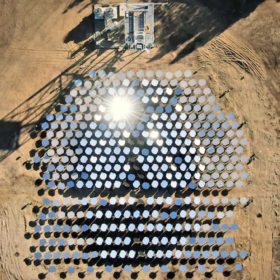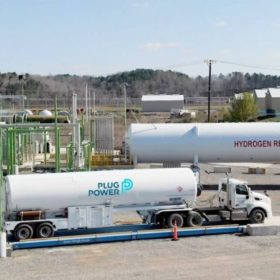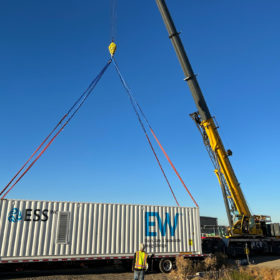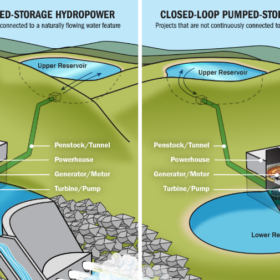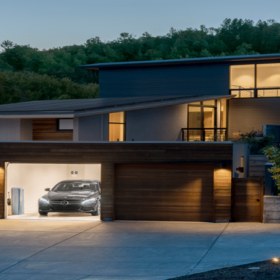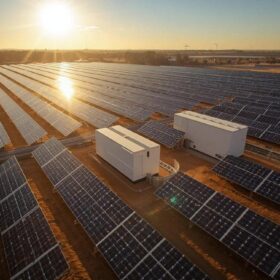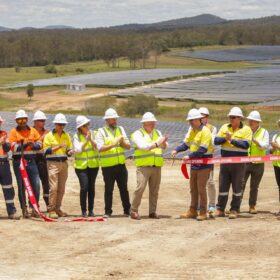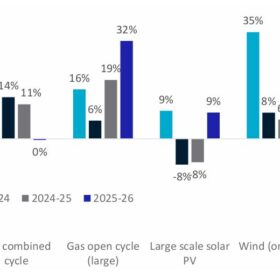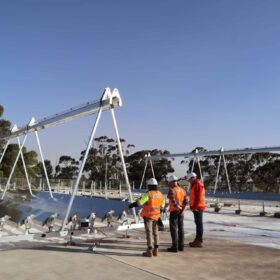Tesla orders 45 GWh of EV batteries from CATL
Reports calculated that the single order would be enough to support production of 800,000 vehicles.
Dragonscale solar tiles installed on Google buildings
Some 90,000 individual solar panels will generate enough electricity to cover around 40% of the electricity used in two buildings for Google.
Plastic for solar panels?
Three companies are swapping out aluminium and glass in favour of plastic to save weight and add flexibility. We look at the pros and cons.
Report finds co-located hubs key to battery industry competitiveness
A report from Australia’s Future Battery Industries Cooperative Research Centre which analysed the development of battery hubs in the U.S., Germany and Japan, has found that co-location and cooperation between industry and government were key to hub success. For Australia to play the same game, it will have to leverage its wealth of resources, and clean up its act along the way.
Woodside teams with U.S. start-up to explore solar thermal technology
Australian oil and gas giant Woodside is continuing its exploration of renewable energy, partnering with United States-based concentrated solar power entity Heliogen to build a 5 MW solar thermal demonstration plant in California which is expected to be capable of delivering clean energy with nearly 24/7 availability.
Strong potential for inorganic perovskites
Scientists in the United States have developed a method to compare the performance and number of defects in different perovskite cell materials. Based on simulations and work with prototype materials, the group finds that all-inorganic materials have higher potential efficiency than their more widely researched organic-inorganic counterparts.
Fortescue links with Plug Power to build electolyser gigafactory
Fortescue Future Industries has revealed it will partner with North American hydrogen technology company Plug Power to build the world’s largest green energy infrastructure and equipment-manufacturing facility in Central Queensland.
Iron flow battery tech shows promise for mid-duration energy storage
The ESS battery systems have a prescribed design life of 25 years, but the battery modules, electrolyte, plumbing, and other components may well last for decades longer with proper maintenance.
Aussie scientists champion closed-loop pumped hydro
Closed-loop pumped-hydro storage offers more chances to minimise environmental effects on water sources and overcomes the problem of finding suitable sites. According to an Australian research team, closed-loop systems could prevail on open-loop systems in the future and this trend is confirmed by another group of scientists from the United States.
How long do residential energy storage batteries last?
Multiple factors affect lifespan of a residential battery energy storage system. We examine the life of batteries in Part 3 of our series.
